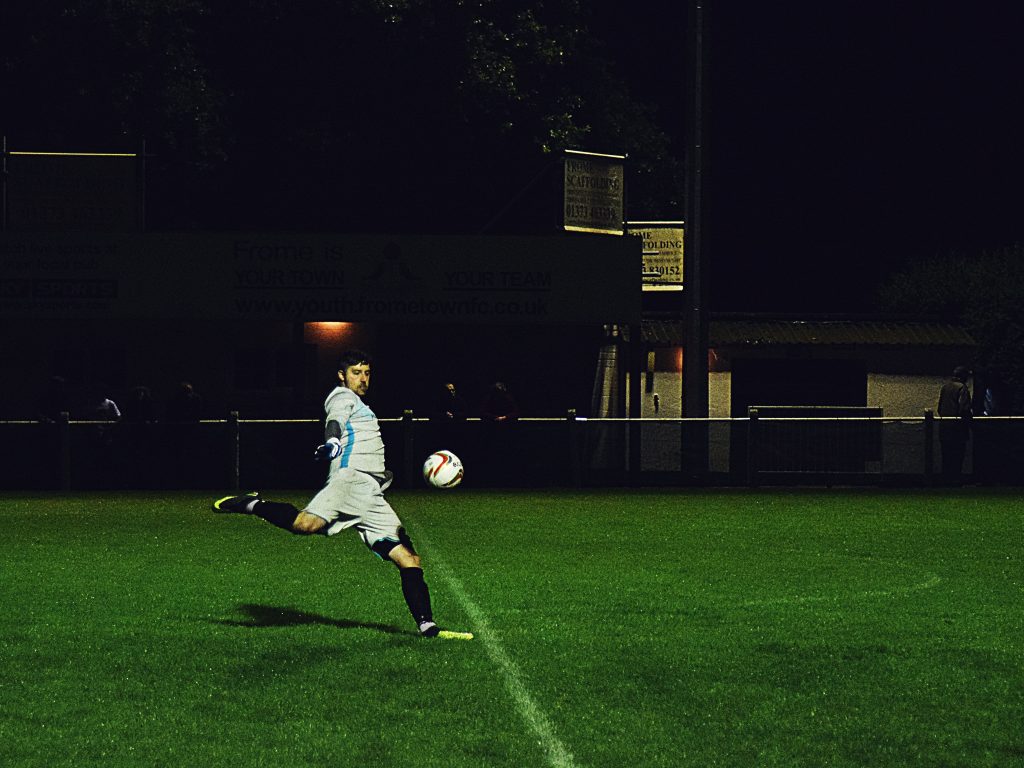31st July 18

Part 3 of our blog series on training cycles, written by our resident Personal Trainer – Paul McBride.
The transition periods
This is the period when the level of performance drops off and where the player must be able to recover physically and mentally from the exertions of playing. The period usually lasts between 4 to 8 weeks (depending on the level at which the players are playing).
This phase is scheduled after a period of competitive activity. However, bearing in mind that 2 to 3 weeks’ absolute rest can be sufficient to cause general endurance performance to drop by 20 to 25%.
For example: – Phase 1, lasting between 7 and 14 days After a few days’ complete break (this will depend on the player), introduce rest and recovery with additional sports and activities (an excursion, cycling, swimming, tennis, etc).
Phase 2, lasting between 10 and 20 days. Special, individualised programme concentrating on endurance, suppleness and muscle strengthening. 3 to 4 sessions each week, lasting 45 to 60 minutes at 60–70% of the intensity required during the training phase. This phase also allows players who have been out injured for an extended period or on reduced training to return to performance level during the final period of competition.
The competition Microcycle
The microcycle, which is a short, weekly training cycle, stretches over several days and often a whole week. The microcycle should not be merely a repetition of the previous cycle; it must have a new foundation, and this also implies that some of the processes, methods and forms of training must be revamped as well. There obviously also must be a change with the workload in training.
The structuring of the microcycle – physiological and physical aspects:
- Always define the energy pathway that will form the physiological “focal point” of the session.
- Pay attention to the muscles/muscle groups and neuromuscular groups that are being used.
- Begin the cycle, as soon as the match is over, with active recovery based on oxygenation, capillarisation, cardiorespiratory endurance (basic aerobic endurance / aerobic capacity) and muscular endurance (muscle strengthening).
- Work on strength, co-ordination and speed, but with emphasis on rest as well.
- The training “peak” (i.e. the most intensive training) should occur in the middle of the cycle.
- Stimulate muscle toning at the end of the cycle and on the eve of competitive activity (with work on reactive speed, alactic speed and co-ordination).
- Ensure that the emphasis is correctly weighted in the cycle (quantity and intensity).
- Reduce the workload in the second part of the cycle.
- Plan the recovery and energy regeneration phases.
Example of a workout in a microcycle adjusted for football:
- Match (it is also possible to hold a brief body and muscle “wake-up session” on the morning of the match)
- Post-match wind-down, active recovery work (low-impact aerobic work)
- Strength (strengthening / power / plyometric work)
- Football / technical work / specific speed work (transformation work)
- Football / technical/tactical work / aerobic-anaerobic work (aerobic power)
- Aerobic endurance (recovery work, e.g. on a bike or another form of exercise)
- Rest period (possibly lasting 1 day and concluding the first half of the microcycle)
- Football / explosive speed and/or specific speed work (multi-form)
- Football / technical/tactical work (preparation for the match) Examples of annual training plans can be found in the attached
If you would like more information on training cycles, or you feel it could benefit you or your team – let us know. We would be happy to help!
Reminder we have some upcoming training sessions with Jamie at our practice. To enquire, call us on 01992 446725 or follow the link.

